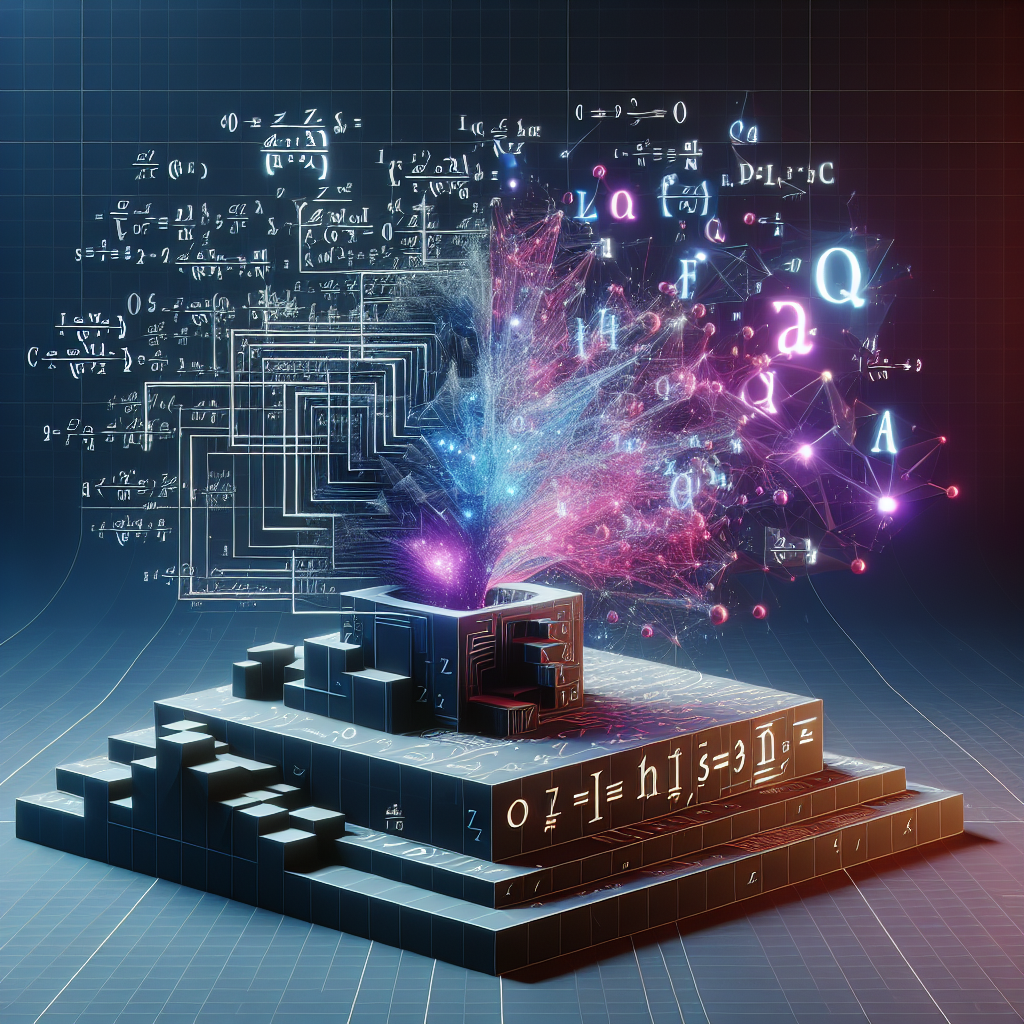Your cart is currently empty!
The Role of Applied Mathematics in Machine Learning: A Comprehensive Overview

Machine learning has become an integral part of various industries, from healthcare to finance to marketing. It is a branch of artificial intelligence that enables computers to learn from data and make decisions or predictions without being explicitly programmed. One of the key components of machine learning is applied mathematics, which plays a crucial role in building and training machine learning models.
Applied mathematics is the use of mathematical principles and techniques to solve real-world problems. In the context of machine learning, applied mathematics is used to develop algorithms and models that can analyze data, identify patterns, and make predictions. Some of the key areas of applied mathematics that are essential for machine learning include linear algebra, calculus, probability theory, and optimization.
Linear algebra is used in machine learning to represent and manipulate data in a mathematical form. It is used to solve systems of linear equations, perform matrix operations, and calculate eigenvalues and eigenvectors. In machine learning, linear algebra is used to represent data as vectors and matrices, which are then used in various algorithms such as linear regression, support vector machines, and principal component analysis.
Calculus is also a fundamental concept in machine learning, particularly in optimization algorithms. Optimization is the process of finding the best solution to a problem given certain constraints. In machine learning, optimization algorithms are used to minimize a cost function or maximize a reward function to train a model. Calculus is used to calculate gradients and derivatives, which are essential for updating the parameters of a model during the training process.
Probability theory is another important area of applied mathematics in machine learning. It is used to model uncertainty and randomness in data and make probabilistic predictions. In machine learning, probability theory is used in algorithms such as Bayesian inference, which is used to estimate the probability distribution of parameters in a model. It is also used in algorithms such as Naive Bayes, which is used for classification tasks.
Optimization is a key concept in machine learning, as it is used to find the best parameters for a model that minimize a cost function. Optimization algorithms such as gradient descent and stochastic gradient descent are used to update the parameters of a model iteratively to minimize the loss function. Optimization techniques from applied mathematics help to improve the performance of machine learning models and make them more efficient and accurate.
In conclusion, applied mathematics plays a crucial role in machine learning by providing the theoretical foundation and algorithms needed to build and train models. Without a solid understanding of linear algebra, calculus, probability theory, and optimization, it would be difficult to develop and implement machine learning algorithms effectively. As machine learning continues to revolutionize various industries, the role of applied mathematics in advancing the field will only become more important.
#Role #Applied #Mathematics #Machine #Learning #Comprehensive #Overview,machine learning: an applied mathematics introduction

Leave a Reply